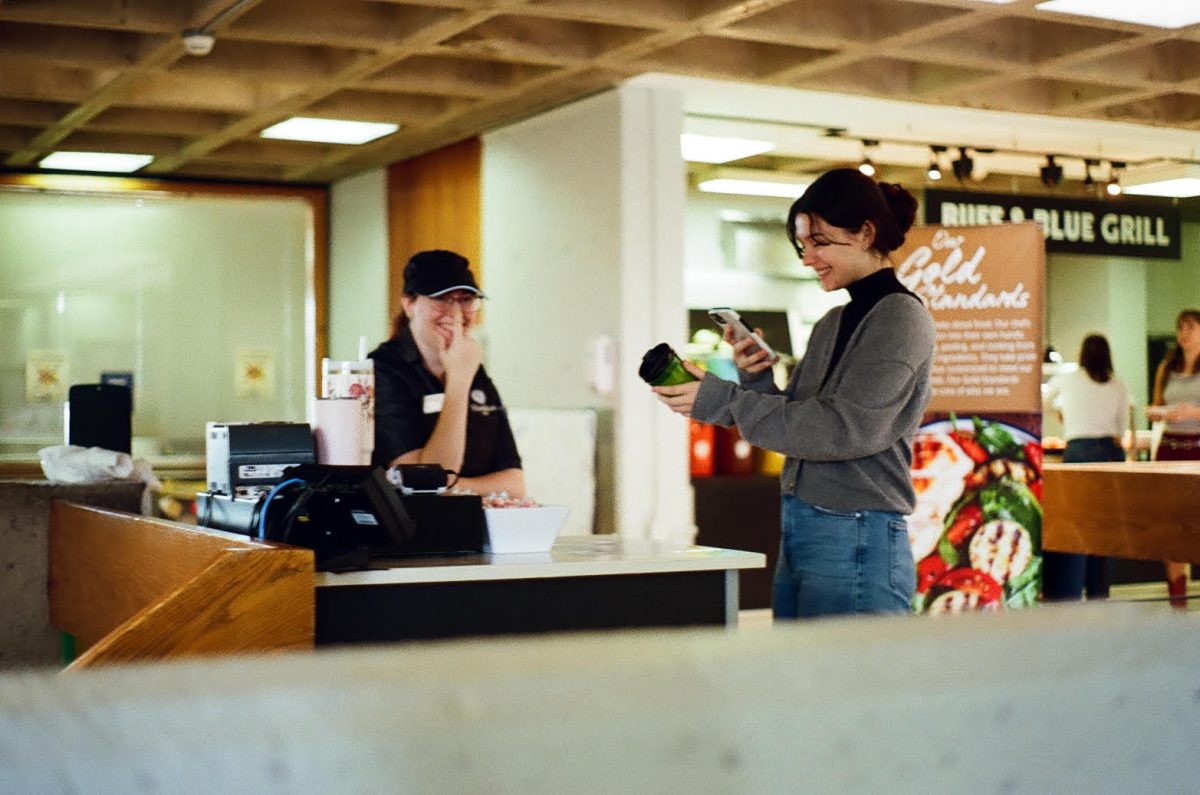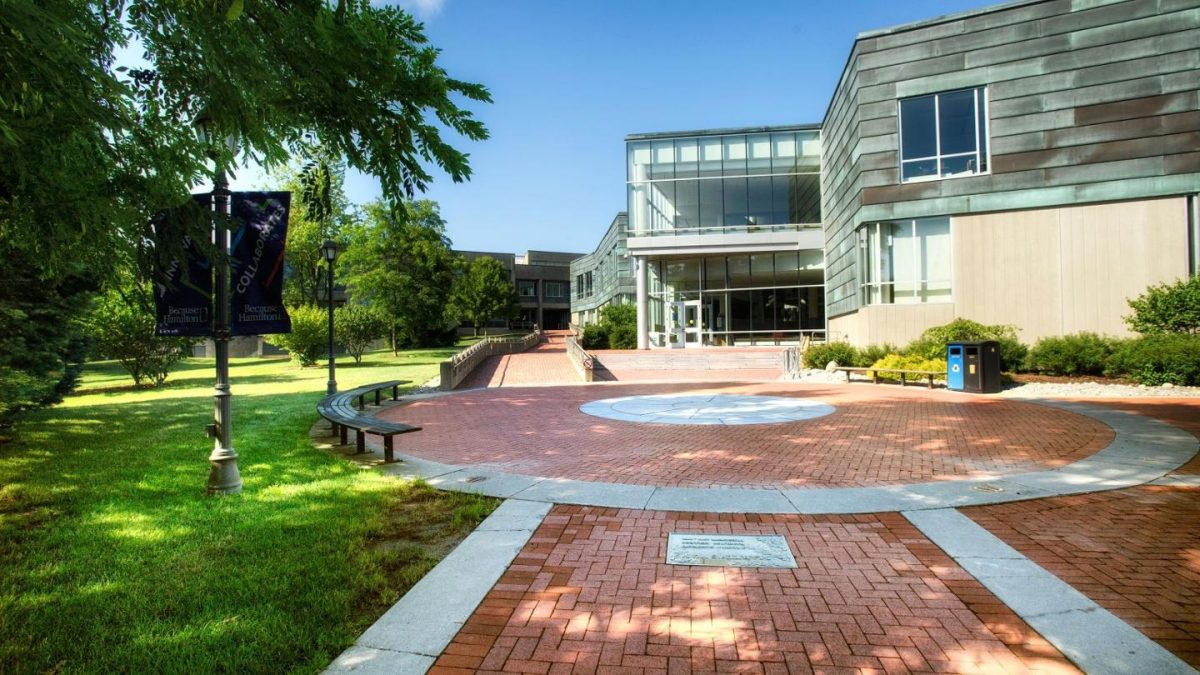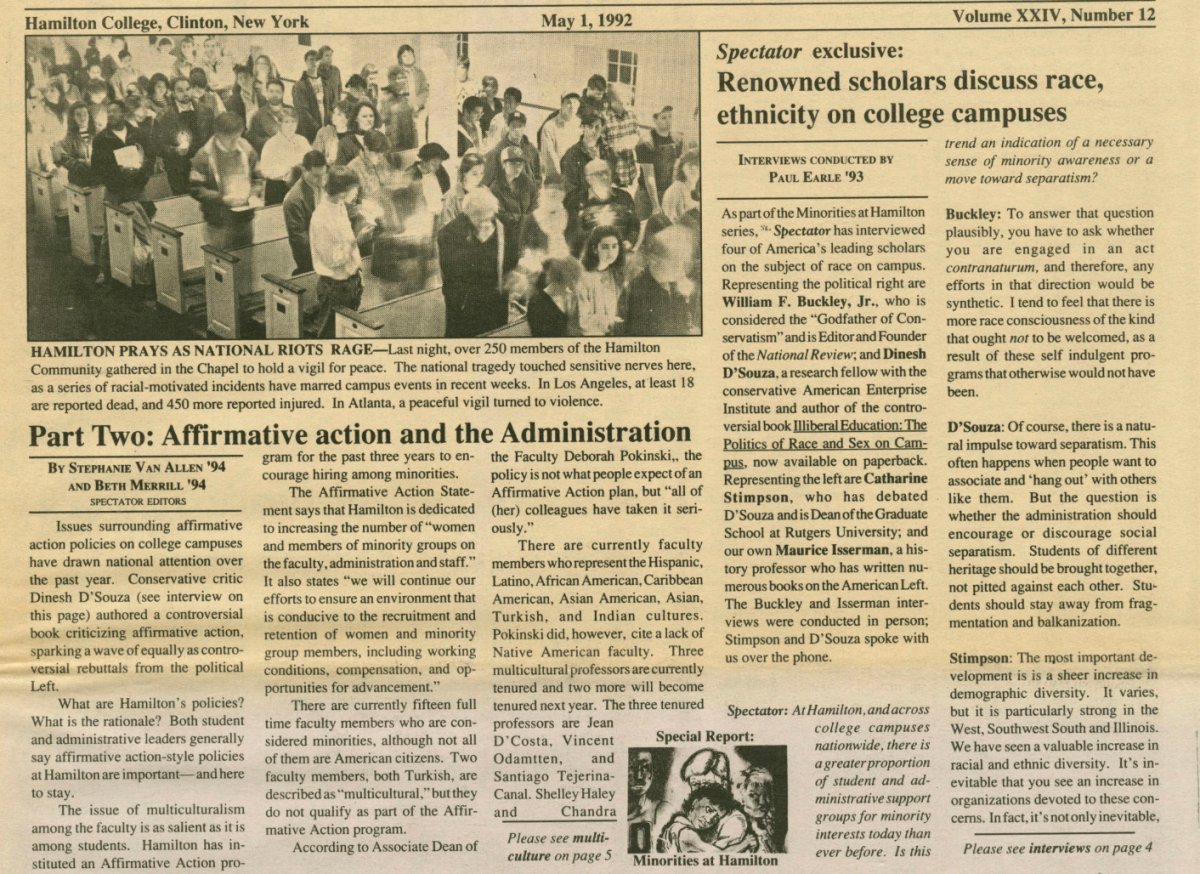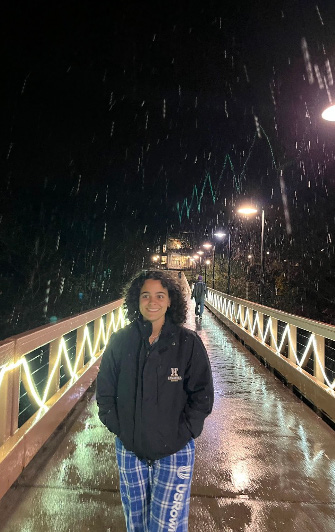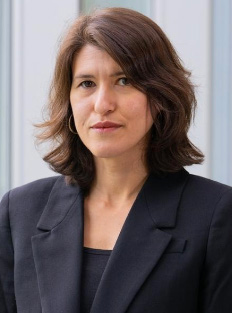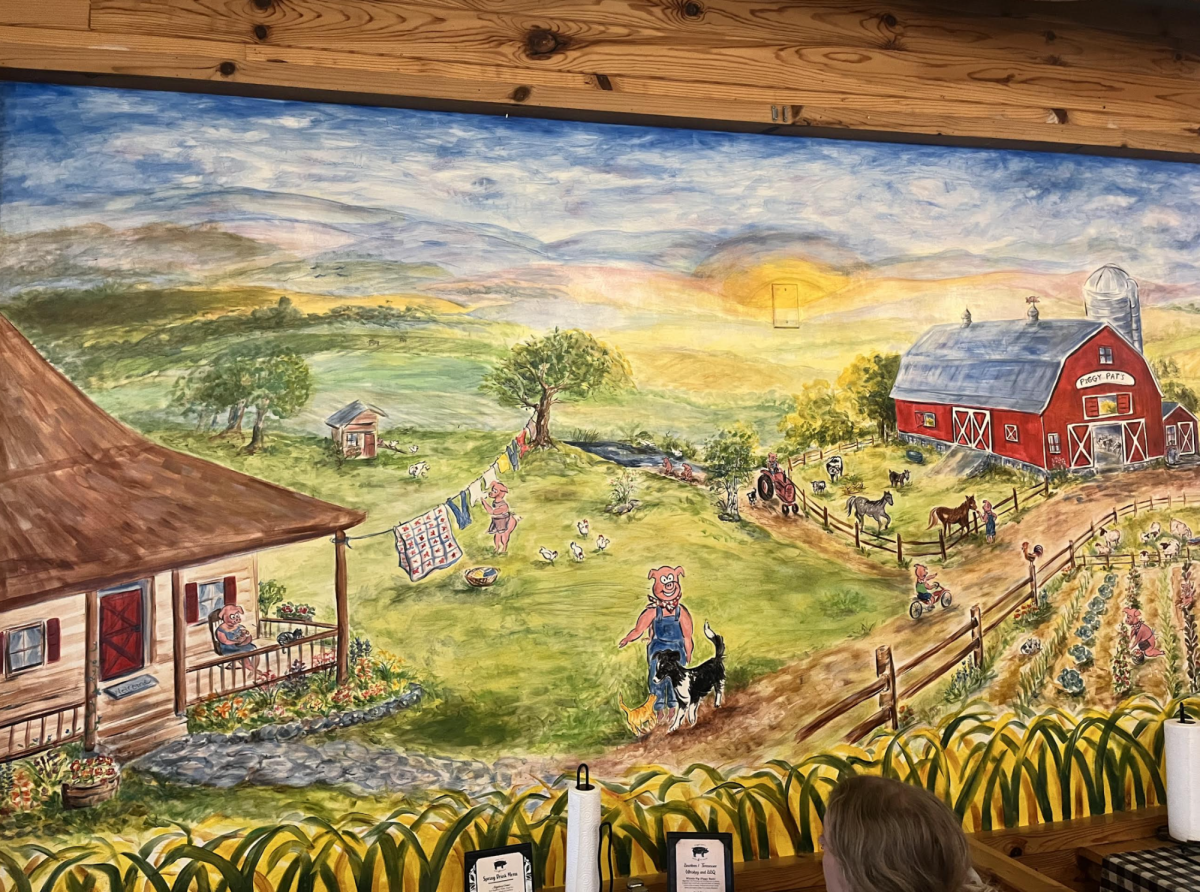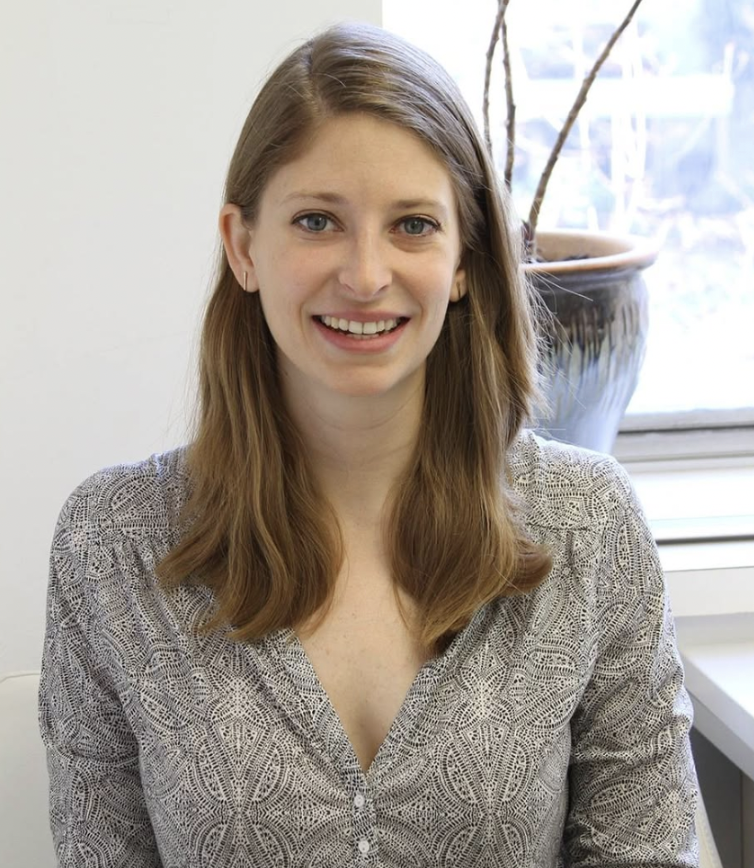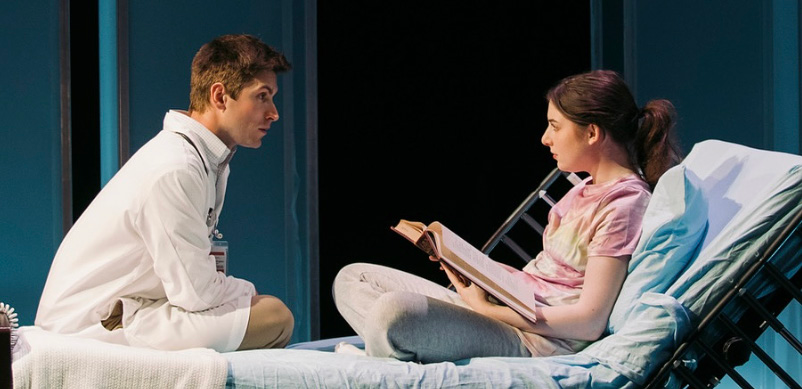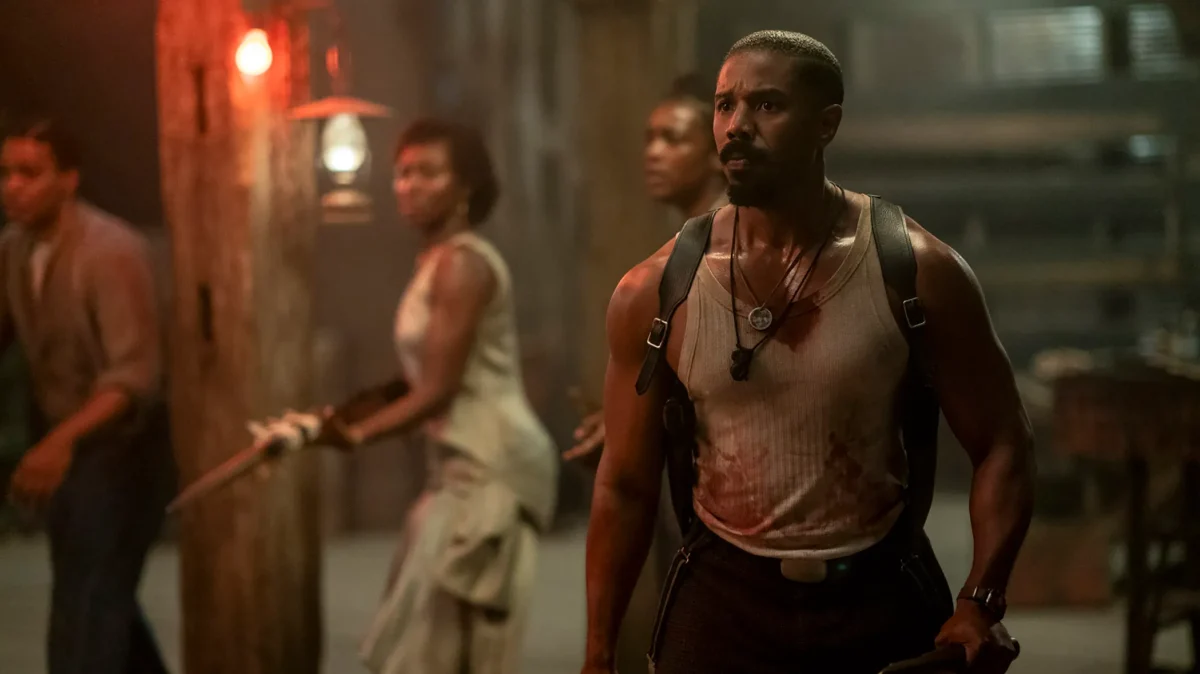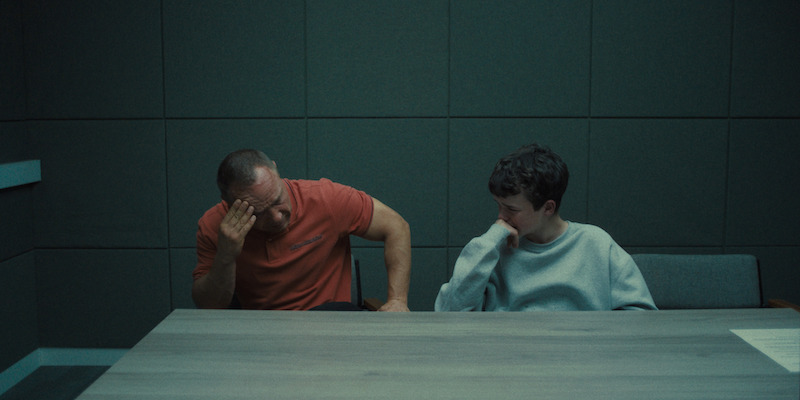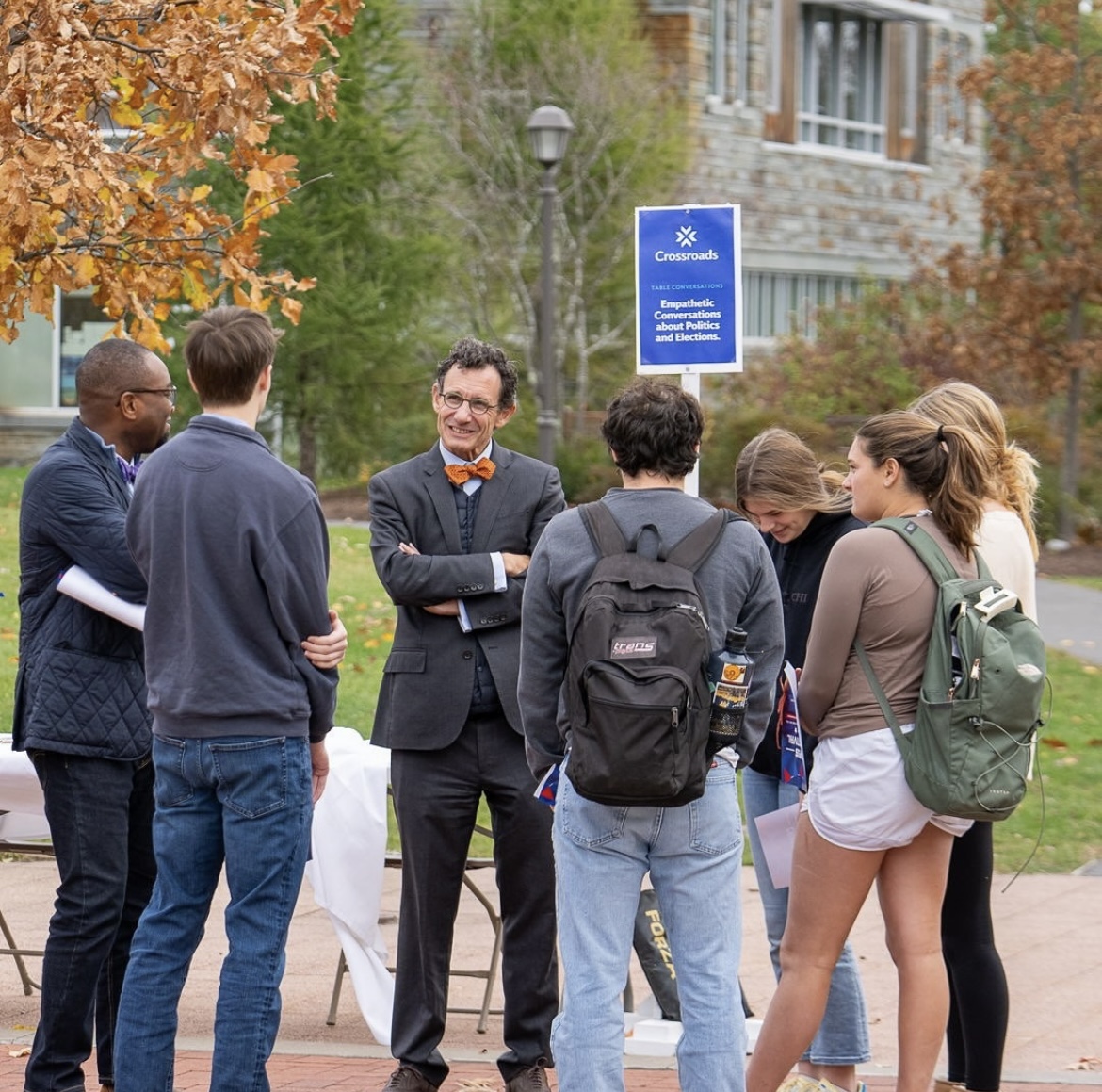
On Friday, Sept. 13, Hamilton College announced the lineup of its fall F.I.L.M. (Forum on Image and Language in Motion) series, which brings figures in the film industry to campus to show and discuss their work with students and faculty. The program is made possible by the office of the Dean of the Faculty and by support from the Kirkland Endowment, the Art History Department, and the Days-Massolo Center. Events are curated by Professor of Art History Scott MacDonald. All F.I.L.M. series events are free and open to the public and take place in the Bradford Auditorium in Kirner-Johnson Building.
The Alloy Orchestra opened the F.I.L.M. series this past weekend on Friday, Sept. 27 and Saturday, Sept. 28. with a live accompaniment for Buster Keaton’s
The General
(1926) and Fritz Lang’s
Metropolis
(1927). Praised as “the best in the world at accompanying silent films” by film critic Roger Ebert, the Alloy Orchestra is a three-man musical ensemble that writes and performs live music for classic silent films.
The trio (Terry Donahue, Ken Winokur, and Roger C. Miller) combine instruments from peculiar and unlikely sources to create almost any sound imaginable. Winokur is the director and plays percussion and clarinet, Donahue plays junk percussion, the musical saw, and the accordion, and Miller is on the keyboard. The group has performed at prestigious film festivals and cultural centers in the U.S. and across the world, including The Louvre, Lincoln Center, and The Academy of Motion Pictures. This was their last performance at Hamilton before the musicians go their separate ways.
On Sunday, Oct. 13, Pawel Wojtasik and John Bruce will present
End of Life
(2019). The film follows Wojtasik and Bruce as they spend four years with five individuals at various stages in the process of dying. In preparation for this project, the filmmakers trained to be end-of-life doulas and documented hundreds of hours of interactions with their subjects. As doulas, they worked with the dying people, along with those surrounding each of them, to help design, guide, and support their wishes to have a “good death,” whatever that might mean for them. Wojtasik’s work has been exhibited at MASS MoCA, the Whitney Biennial, MoMA, and the Museum of the Moving Image. Bruce is currently the Assistant Professor of Strategic Design at Parsons School of Design, where he also serves as Director of the MFA Transdisciplinary Design program and co-founded the studio Design for Living and Dying.
On Sunday, Oct. 27, Jay Craven, Director of Cinema Sarah Lawrence, will present rough-cut sections of his new feature-length film,
Martin Eden
. During the 2019 spring semester, four members of the Class of 2021 — Karina Bayrakdarian, Jane Nealey, Vale Medina, and Ava Witonsky — along with students from other colleges and working professionals in the film industry, participated in the production of an adaptation based on the Jack London novel Martin Eden. The program, which is associated with Sarah Lawrence College, runs every other spring semester.
The 2019 semester kicked off with a week at Sundance Film Festival, where students had the once-in-a-lifetime opportunity to enjoy a daily routine of screenings and special events. The next six weeks of the program were based in Nantucket, Massachusetts, where students immersed themselves in classes and film department workshops, as well as gaining exposure to the pre-production processes of casting and location-scouting. Production of the film began in late March and continued until the first week of May. Each day, students worked in a specific department (cinematography, editing, set design, or behind-the-scenes) and occasionally acted as extras in the film. The semester away program provides valuable experience to any student interested in pursuing a career in the film industry.
On Saturday, Nov. 2 and Sunday, Nov. 3, Paul Cronin will present
A Time to Stir
(2018), a 7 ½ hour film on the Columbia University revolt of 1968. For seven days in April 1968, Columbia students occupied five buildings on campus to protest both a planned gymnasium in a nearby Harlem park, the university’s views on the Vietnam War, and the university’s unresponsive attitude toward their concerns. Exhilarating to some and deeply troubling to others, the student protests completely took over the university and grabbed the world’s attention, inspiring uprisings at other colleges. Fifty years after the events,
A Time to Stir
captures the reflections of those who participated in and witnessed the Columbia rebellion. Maurice Isserman, the Publius Virgilius Rogers Professor of American History, will also join Cronin in a discussion of the screening.
On Sunday, Nov. 10, Yu Yonggang will present
The Goddess
(1934), with live accompaniment by Min Xiao Fen on pipa and Rez Abassi on guitar. The two will be playing their own score.
The Goddess
is a Chinese silent film about a young woman who is a prostitute by night and a devoted mother by day, fighting to get her young son an education amid judicial and social injustice in China. The woman is played by Ruan Lingyu (also known as Lily Yuen), one of the most popular Chinese film stars of the 1930s; her exceptional acting and suicide at the age of 24 made her a famous figure in Chinese cinema. Today,
The Goddess
is one of the best known films of China’s cinematic Golden Age and was named one of China’s top 100 films by the Hong Kong Film Awards in 2005.
On Wednesday, Nov. 20, Sharon Lockhart will present an artist’s talk and her newest film,
Rudzienko
(2016). The film focuses on the way teenage girls cope with the anxieties of adolescence — fear, loneliness, distrust, self-doubt, parental misunderstanding, the longing for friendship, and love — while reconnecting with the lost remnants of their childhood. The subjects are young women from Rudzienko’s Center for Socio-Therapy, a boarding school for troubled girls in eastern Poland. Lockhart organizes retreats for the teens where movement and dance, reading, writing, and other activities serve as safe spaces for sharing personal stories, creating self-confidence and building trust among the girls. The film was shot over a period of two years and presents a new way of looking at the relationship between image and language.
The final F.I.L.M. event will be on Sunday, Dec. 8, when Dominic Gagnon will present his film
Going South
(2018). As one of the pioneers of found-footage cinema, Gagnon explores Youtube videos whose contents range from gun ownership and sex tourism to gender identity and bulimia. Gagnon seamlessly merges highly personal and emotional unburdenings with outlandish conspiracy theories and boring shopping lists, and by using Youtube videos, he provides a commentary on contemporary America, where facts have been replaced by stories and fake news. In
Going South
, the second part of a quadrilogy, Gagnon reconstructs the southern U.S. through Youtube vlogs of alarming natural disasters, excessive partying, and mind-numbing video game violence. The first installment,
of the North
(2015), will be screened in Scott MacDonald’s avant-garde film class on Wednesday, Dec. 4 in the Bradford Auditorium.



